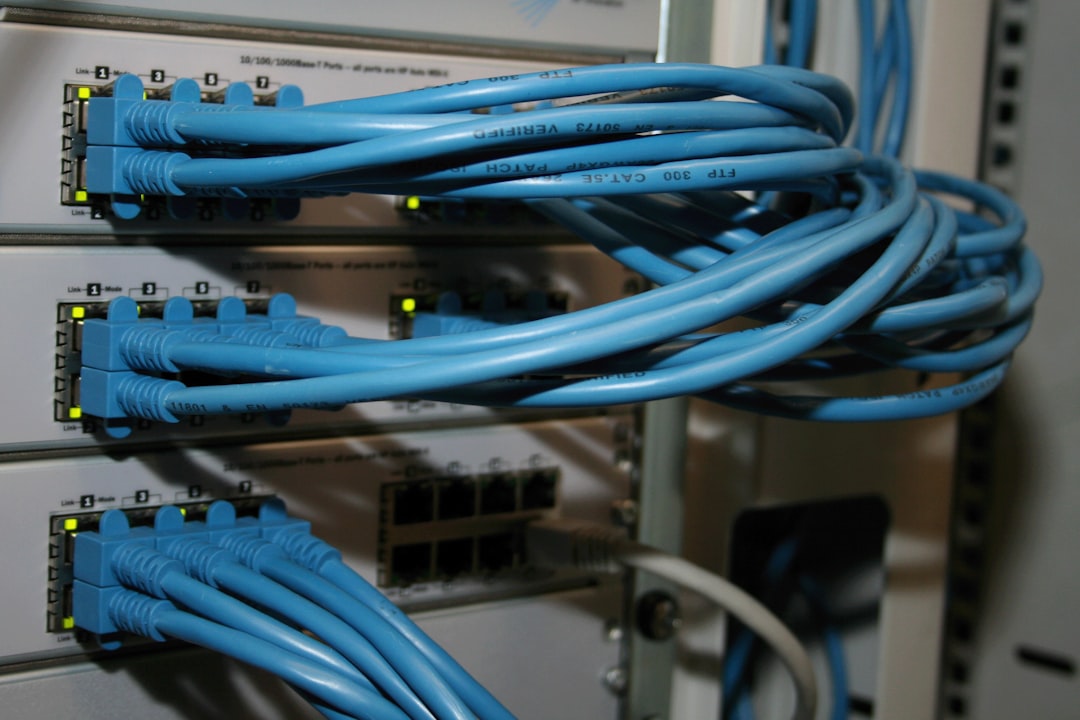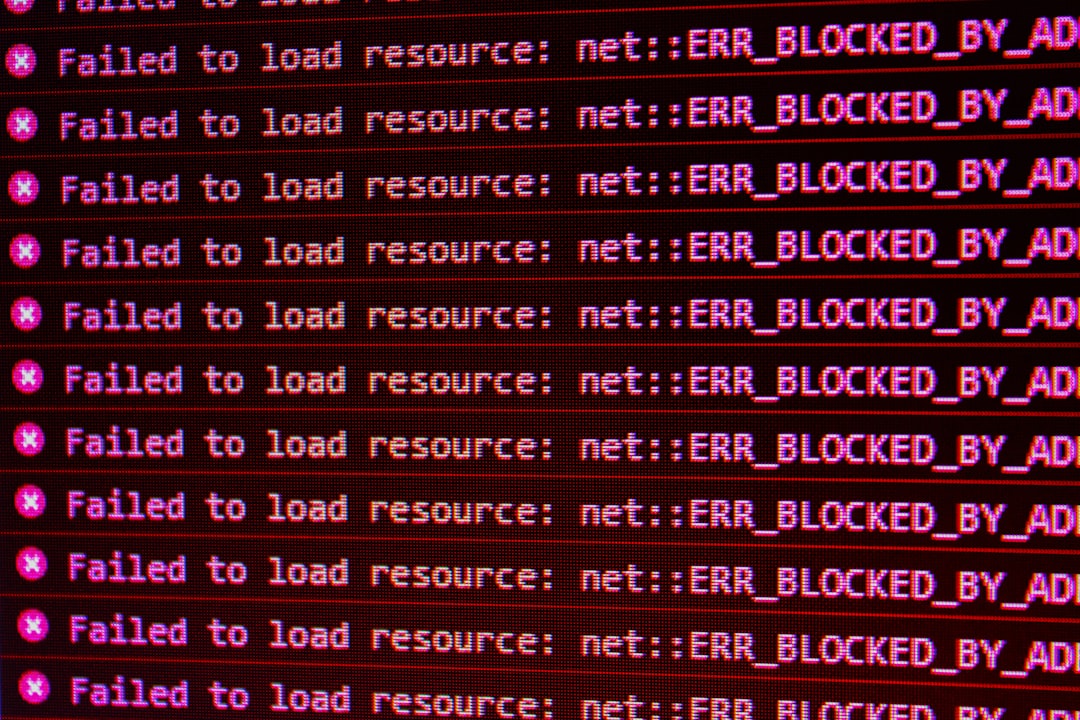When accessing data from websites programmatically, especially at scale, it’s crucial to respect the limitations placed by those sites to avoid blocking or detection. One major limitation placed by websites is the rate limit, which controls how frequently a client can make requests in a given timeframe. To avoid getting rate-limited or even banned altogether, professionals often employ techniques like rotating user agents and using proxies. These techniques provide safer access to web resources while simulating organic traffic behavior.
Understanding Rate Limits
Rate limits are security mechanisms implemented by websites to control traffic, reduce server load, and prevent abuse. APIs, in particular, often have these constraints openly documented, whereas websites may enforce them through temporary IP blocks or CAPTCHAs. Exceeding these limits can result in a degraded experience or complete denial of access.
This is where the concept of rotating user agents and proxies becomes highly valuable. When applied correctly, these practices can significantly decrease the likelihood of triggering rate limits or other anti-scraping defenses.
The Importance of User Agent Rotation
A user agent is a string that a browser or bot includes in an HTTP request to identify itself. It contains information such as the browser type, operating system, and rendering engine. Servers often log this information and use it as part of their detection strategies.
- Static user agents make your activities easy to identify and block.
- Rotating user agents simulate access from different browsers and devices, creating a more natural traffic footprint.
For example, one request could use a Chrome agent on Windows, while another imitates Firefox on macOS. Using a broad database of legitimate user agents and rotating them systematically helps you appear less like an automated script.

Proxies: Diversify Your Source IP
While rotating user agents helps diversify the type of traffic, rotating proxies changes the origin of that traffic. Many rate limits are tied directly to the client’s IP address, so changing the IP regularly is an effective way to stay under the radar.
There are several types of proxies suitable for this task:
- Datacenter proxies: Fast and cheap, but more easily detected.
- Residential proxies: Harder to identify as bots but more expensive.
- Mobile proxies: Rare and even harder to detect but come at a premium cost.
Effective scraping setups use a pool of proxies and rotate them periodically, either after each request or in batches, depending on the target site’s strictness.

Combining Proxies and User Agents for Optimal Results
Using user agents or proxies individually provides a layer of anonymity, but combining both forms a robust anti-detection strategy. Here’s how they work together effectively:
- Each proxy is assigned a user agent randomly to simulate a specific user and device.
- Rotation occurs at scheduled intervals or after a fixed number of requests.
- Headers, cookies, and other fingerprinting techniques are also modified to avoid contradictions between proxy and user agent data.
This holistic approach makes it significantly more difficult for target systems to identify your activity as automated, thus reducing the chances of getting rate-limited or banned.
Practical Considerations
Before implementing these strategies, consider the following best practices:
- Use a user-agent library to maintain an up-to-date list of legitimate user agents.
- Monitor error codes such as 429 (Too Many Requests) and adjust your rotation intervals accordingly.
- Respect robots.txt directives and terms of service of the target website.
- Log and analyze requests to detect patterns leading to blocks or bans.
Conclusion
Rotating user agents and proxies isn’t just a technical trick—it’s a professional necessity when gathering data responsibly at scale. Implementing smart rotation tactics ensures sustained access while reducing the risk of being flagged as a bot. As websites continue to harden their defenses, only ethical and technically sound approaches will lead to long-term success in automation and data collection.




